New Work. New Rules. (Full Story)
How hyper-collaboration is redefining teamwork and me work
Amazon. Airbnb. Uber. Netflix.
These disruptive brands changed the world. They didn’t just deliver new products to the market—they upended it and on the way caused a lot of collateral damage. Technological disruption has been credited with reducing the lifespan of S&P 500 companies from 60 years in the 1950s, to less than 20 years today, according to Credit Suisse.
Companies are in a race to understand what consumers need and then deliver something more innovative, more fantastic, more life-changing than their competitors. So it should come as no surprise that leaders are turning their focus toward teams and building a culture to promote the diverse thinking and creativity only they can deliver to drive innovation.
Get the summary of New Work. New Rules.

Why Teams? Why Now?
The business case for increased collaboration keeps getting stronger. A new study conducted by Steelcase found 90 percent of people say collaboration is essential to create new and better ideas. Leaders are even more convinced: 93 percent believe it’s essential to successful idea generation.
Teams innovate faster, achieve better results and report higher job satisfaction, according to a recent New York Times article about Google’s Project Aristotle. Profitability also increases when people collaborate more. Other studies confirm Google’s conclusions. Companies that promote collaborative work are five times more likely to be high performing, according to the Institute for Corporate Productivity. Conversely, the lack of collaboration is blamed for workplace failures by 86 percent of participants in a Salesforce survey of corporate executives, employees and educators. This drive for increased collaboration is causing the amount of time people spend in team-based work to explode, ballooning by 50 percent in the past two decades, according to Harvard Business Review. Today, people are spending over half of their day collaborating with others, according to the Steelcase study.
“The world now requires rapid responses focusing on creativity, innovation and design, rather than solely on delivery. To achieve this, work will increasingly be project-based rather than segmented by department, and will need to take place across teams and silos,” reports AM Cham’s EU Future of Skills report.
Steelcase researchers and designers have been studying collaboration for more than 20 years. Most recently, they studied high-performing teams in North America, the Middle East and Europe to understand the macro shift toward a new kind of teamwork. They saw teams focused on two predominant types of work:
New Idea Generation: Imagining and creating new products, services and solutions.
Flawless Execution: Developing and bringing ideas to market quickly and predictably.
Regardless of their focus, these teams are under pressure to solve complex problems and do it faster. Unlike their predecessors, who could focus on an individual task as their contribution to the overall team, these new teams are hyper-collaborators. The research and design team saw people whose days are filled with a never-ending exchange of information and ideas, activating peer-to-peer learning and fostering curiosity and connection with customers. Working in rapid cycles of iteration, tasks are interdependent and their projects fluid. This interdependence and pace is fundamentally different than the way teams used to work. And, as the study showed, it’s not easy.

What’s different about teamwork now?
“Think about the difference between a swim team and a soccer team,” says Gale Moutrey, vice president, Workplace Innovation and Brand Communications at Steelcase. “Swimmers stay in their own lane, but soccer players interact and transition constantly, relying on each other to win. Teams today need to do that, too — navigate a fast-paced flow, bouncing between team members, iterating and improving on each other’s ideas. Everyone is accountable to keep work moving forward.”
Many of these teams have adopted design-thinking methodologies and agile behaviors to structure their work. Previously relegated to IT or creative teams, these methods are no longer only for early adopters. Many teams are adapting practices like daily stand-ups, sprints and workshops to help them move faster and stay more closely connected to their customers. By understanding these activities and behaviors, we can design spaces to help these teams work in new ways.

Think Like a Designer
A methodology for creative problem solving, design thinking is physically and cognitively active. Teams are leading workshops, brainstorming, filling walls and whiteboards with content and coming together to share their ideas. Team members sit together so they can interact with each other in real time, build cohesion and work faster. They also need moments of retreat from the group to focus, absorb information and process their own ideas. People stand, sit, draw, gesture and move materials and objects. The work is dynamic and fast-paced.
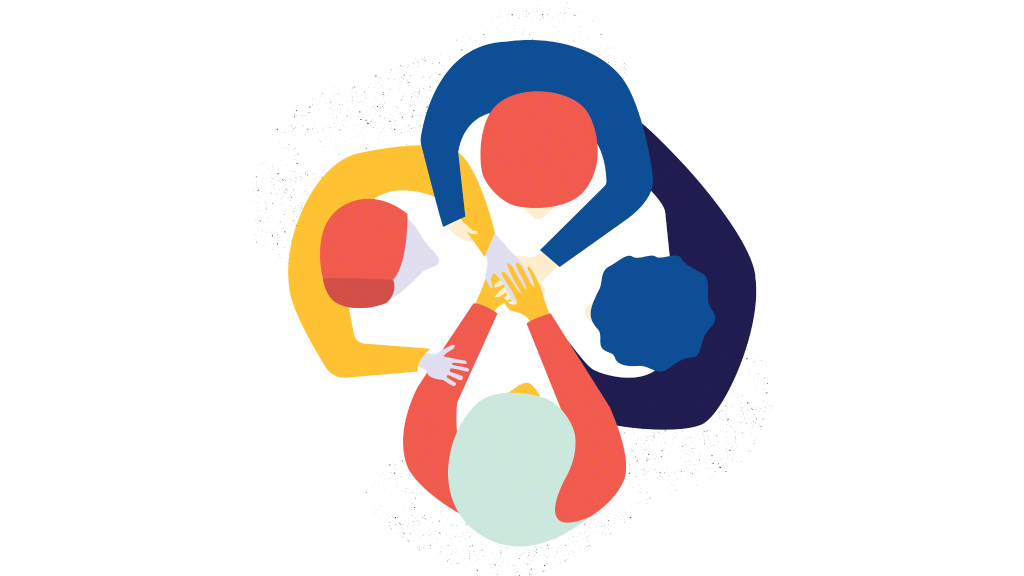
The Agile Revolution
Agile is a set of values and principles derived from software development and now used by lots of industries to improve speed, flexibility and customer focus. Agile teams structure their work into a sequence of activities that guide them to execute quickly, monitor progress and re-adjust workflow. Their practice includes daily stand-up meetings, pair-based work, sprint reviews and sprint retrospectives. These teams constantly shift between modes of work, working alone and together as the task demands.
The Struggle Is Real
Amidst this intense style of teamwork, the researchers and designers realized that most workplaces were getting in the way of teams, or at least not making work any easier.
“Most offices are still predominantly designed to support individual work and a linear process,” says Julie Barnhart- Hoffman, principal design researcher for Steelcase. “Space is usually allocated on a per-person basis, instead of a team basis. And it’s almost always organized by department, versus cross-functional project work.”
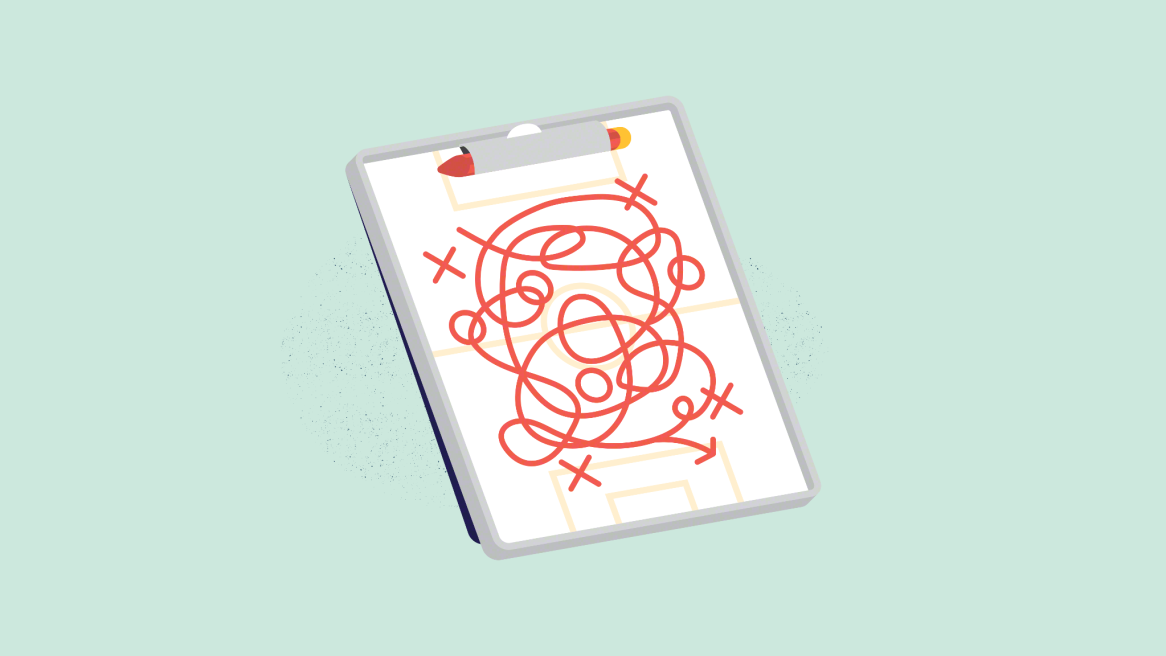
According to Barnhart-Hoffman, many organizations don’t provide teams with their own “home” where they can “live together.” This is critical to build team cohesion. Teams need to be able to socialize and externalize their thinking with each other and make their work tangible and visible. They also need to be able to shift easily between individual and group tasks. Today, many have to rely on traditional conference rooms (usually a rectangular table with a display screen at the end) for group work. These spaces are not designed to support the kind of physical movement that happens in agile and co-creation work; these spaces are better suited for formal interactions, like leader-led sessions to share information. Also, since most conference rooms are shared among multiple teams, people can’t leave work in progress on the walls or whiteboards to keep work flowing.
Even when teams had a space to call their own, Steelcase researchers still saw teams struggling. “The work being performed by these teams is fluid. But their spaces aren’t,” explains Barnhart-Hoffman. “They need the ability to change their space and adapt it quickly to their changing tasks. They just don’t have the control they need to move easily from activity to activity and can’t reconfigure their space at will if their team make-up, needs or priorities change.” The result, she says, “is that teams lose momentum and can’t keep work flowing.”
Steelcase researchers also observed people struggling to find privacy — a perennial issue in open plan spaces — which is exacerbated by the pace and level of activity within the team. Individuals need places for reflection and focus in the open plan and teams need to control their visual and acoustical privacy to mitigate distractions. Without any boundaries to protect them, researchers saw how easily they were interrupted by people walking through their space and disrupting flow.
“Most offices are still predominantly designed to support individual work and a linear process. Space is usually allocated on a per-person basis, instead of a team basis. And it’s almost always organized by department, versus cross-functional project work.”
Julie Barnhart-HoffmanPrincipal Design Researcher, Steelcase
If the open-plan office draws the most worker ire, technology is a close second. In fact, three of the five top barriers to collaboration are related to technology, according to the Steelcase study. Team meetings frequently start with some frustrating experience involving technology, often related to sound and sight lines. Teams can’t access the information they need or visually display their work. And, remote teammates often struggle to participate equally in meetings, especially when the activity requires team members to stand and move around the work.
Another problem: The most common technology used by team members is for individual work or display, but not for co-creation or interaction. The Steelcase study found when large-scale collaborative technology is available it’s more often available to executives than to the individuals who make up the teams and who do most of the collaborating. Steelcase researchers also observed the design of the space created friction between people and technology—whether it was the shape of a table or a cushy chair that people didn’t want to get out of— the space became a barrier to people interacting with content on the screen or at the whiteboard and resulted in disengagement.
Office Reboot
The notion of teamwork is not new, and for most of the twentieth century teams functioned like an assembly line, focusing on areas of expertise and the division of tasks. The work was hierarchically structured and space was designed to support that hierarchy. Inspired by Frederick Taylor’s “The Principles of Scientific Management,” organizations stressed efficiency, dividing work into individual tasks, and designating clear boundaries between those tasks. The Taylor model made sense in its day, but, for the most part, the siloed work style it fostered ended up slowing things down, causing errors to be overlooked and opportunities to be missed.
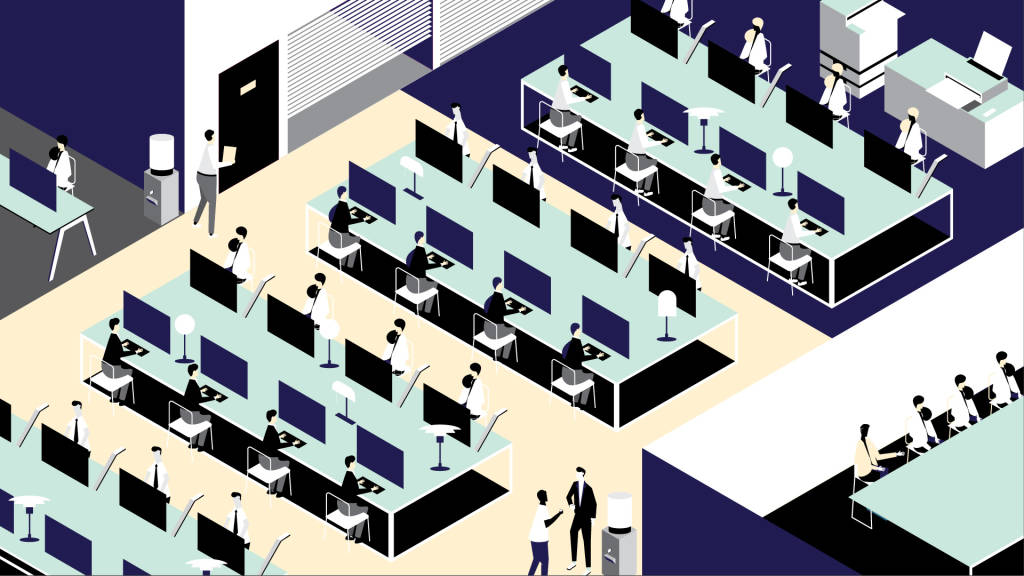
Many corporate offices today still reflect this linear approach to work. With floor plans focused on individual work, the typical configuration used to include private offices around the perimeter with “bullpen” areas located in the center, according to Barnhart-Hoffman. To facilitate idea flow, that paradigm gave way in many organizations to open offices—according to the Steelcase Global Report, 69 percent of all offices now have an open floor plan. Teams began working at benches, using conference rooms to review their progress toward milestones. But, for the most part, work in these settings was an independent pursuit, interspersed with team meetings and moments of water cooler conversations.
Without question, the need to reboot the corporate workplace is overdue. While the processes and activities teams do today have dramatically changed, their spaces have not. Today work is more matrixed and work gets done through networks and lateral relationships. Employees who once operated in different universes must come together in interdependent, fluid teams. The spaces that best support this kind of work are designed specifically for teams, while embracing the needs of all those individuals who make them up—“me within we.”
“Forget the old adage that there is no ‘I’ in team,” says Moutrey. “Teams are made up of individuals. We need to design for multidisciplinary teamwork in a way that also gives the individual what they need to do their best work.”
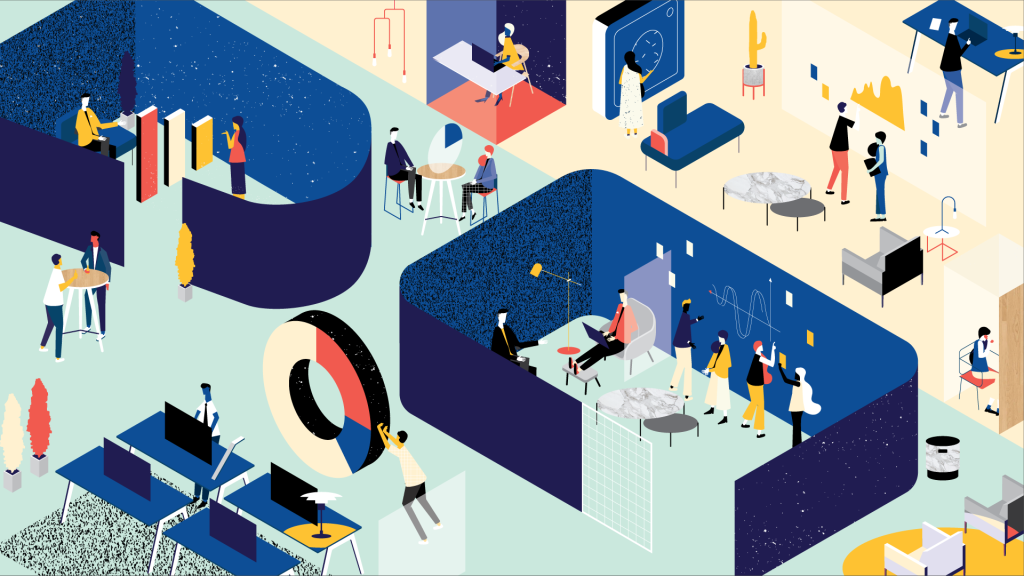
Getting the balance between team and individual needs just right is tricky, and sometimes the first iteration of the space isn’t quite right. Giving teams ways to control their environment is key to allowing them to adjust and discover what works.
Barnhart-Hoffman worked on the agile work prototype for the Steelcase IT team and says that empowering users—the people who actually occupy the spaces—to reconfigure their settings within the flow of work is crucial. “There’s a growing demand for user control over spaces—people want to be able to adapt spaces at the pace of the project, and to give team members agency in defining how the ‘me’ and the ‘we’ need to work together at a given time,” she says. “Giving individuals and teams more control over their spaces also contributes to a sense of team cohesion and builds culture and trust. But right now in most leading organizations employees need to file a request with facilities and usually wait weeks or months for the changes they’re asking for.”
“Forget the old adage that there is no ‘I’ in team. Teams are made up of individuals. We need to design for multidisciplinary teamwork in a way that also gives the individual what they need to do their best work.”
Gale MoutreyVice President, Workplace Innovation and Brand Communications, Steelcase
Project work moves through different phases and each phase has its own set of activities. As the type of work the team is doing changes, the team’s capabilities and composition also change. “It’s important that the space can evolve with the project,” says Barnhart-Hoffman. “Teams may have a specific deadline, but they define the scope of work. That kind of autonomy has to be mirrored in the environment. Workers can change their proximity to one another or move products around to suit the activity at hand and the way the team wants to work,” she explains.
What Teams Want
So, what do teams expect and need from their work environments? According to Steelcase researchers, companies should consider these three things to help their teams excel.
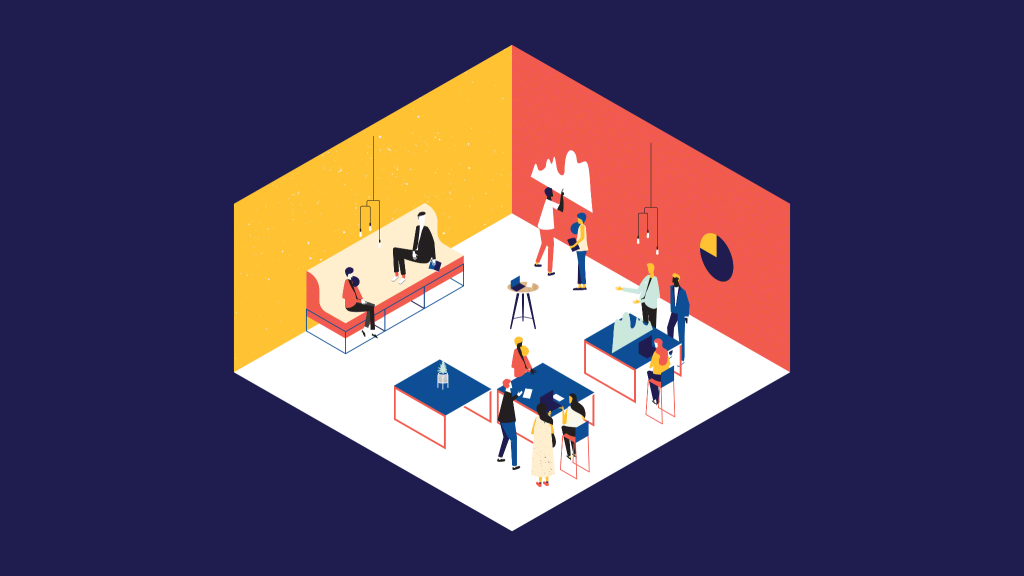
Build a Home for Teams
The role of team space is bigger than just supporting the work itself. It’s also about the human dimension.
- Space “Feels Right”: The team space should reflect and encourage the type of practices and working style of the team.
- Build Trust Together: By building something or “cooking” together, teams foster a sense of identity, cohesion and trust.
- Introduce Playfulness: Playful interactions help teams challenge concepts by inspiring new ways of thinking and testing unusual approaches.

Flex Space to Process
Teams need a dynamic space that keeps up with their process and keeps them in flow.
- Adaptability & Immediacy: The space should let teams in rapid cycles reorganize in a natural, spontaneous way.
- Showcase the Flow: Teams need a place to create a ‘stage’ where content is curated and prioritized.
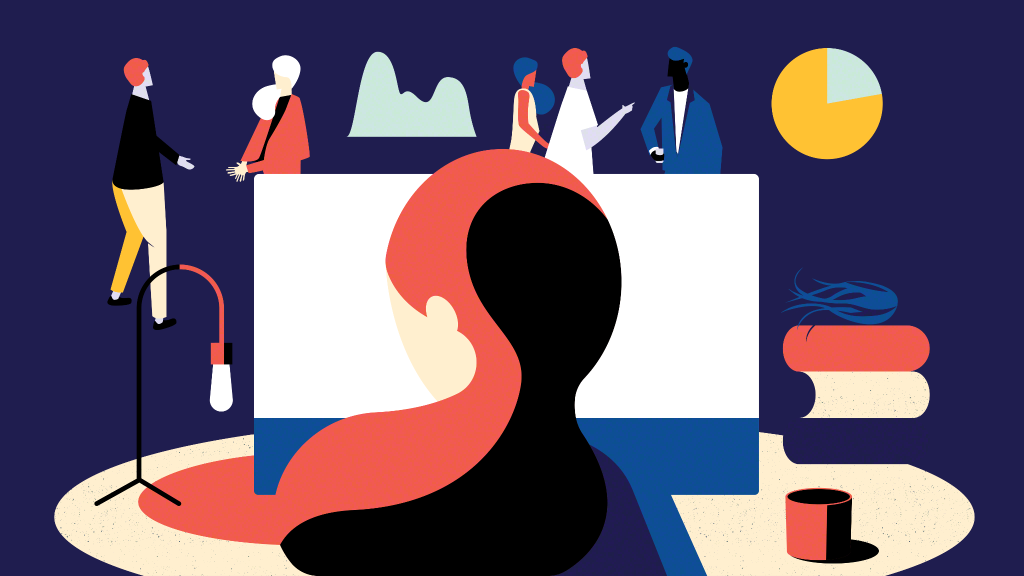
Empower Teams
Teams need control over their environments to cope rapidly with individual preferences and project needs.
- No Wait Environments: Changing current space and furniture should be addressed like a software request — it’s what’s needed to move a project forward.
- Tweak Space to Personal Preferences: Empower teams and individuals to make quick adjustments to their space on demand.
- Shifting Role of Facilities: Easily adaptable neighborhoods allow facilities management to act as advisors instead of gatekeepers.
“The teams felt strongly that learning happens by being connected to one another, by overhearing and overseeing, which seems counter to all the negatives we hear about open offices,” says Barnhart-Hoffman. “This is how we capture multiple points of view and embed learning within the process. But, this level of intense collaboration must also balance the needs of the ‘we’ with the needs of ‘me.’ People want their desk to be a ‘me place’ where they can customize their computer, monitors and keyboard to personal preferences. They want storage for personal items as well as shared team resources, like tools, snacks, etc. And they want ways to control their own privacy so they can focus and develop their own point of view. This requires an environment that can anticipate change and adapt.”
The Human Advantage
For hyper-collaborative teams it’s all about the human experience. Building trust and cohesion among teammates is crucial. This requires people to work in close quarters and meet face-to-face as much as possible, and not rely too heavily on email and other tools to communicate, so they can solve problems faster. As Menlo Innovations CEO Richard Sheridan says of his company’s agile workplace: “We use what we like to call high-speed voice technology—we talk to each other. Face-to-face, in real time. It’s amazing. The hardware was pre-installed at birth, you know—vocal cords.” When people are present in a space where they can get to know each other, trust each other and learn and grow together, innovation is far more likely to happen.


